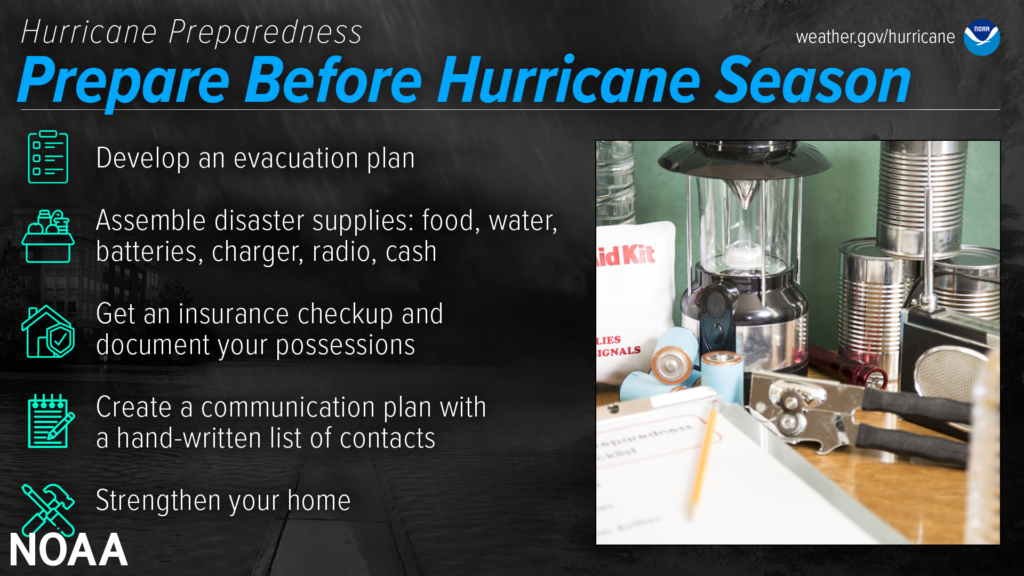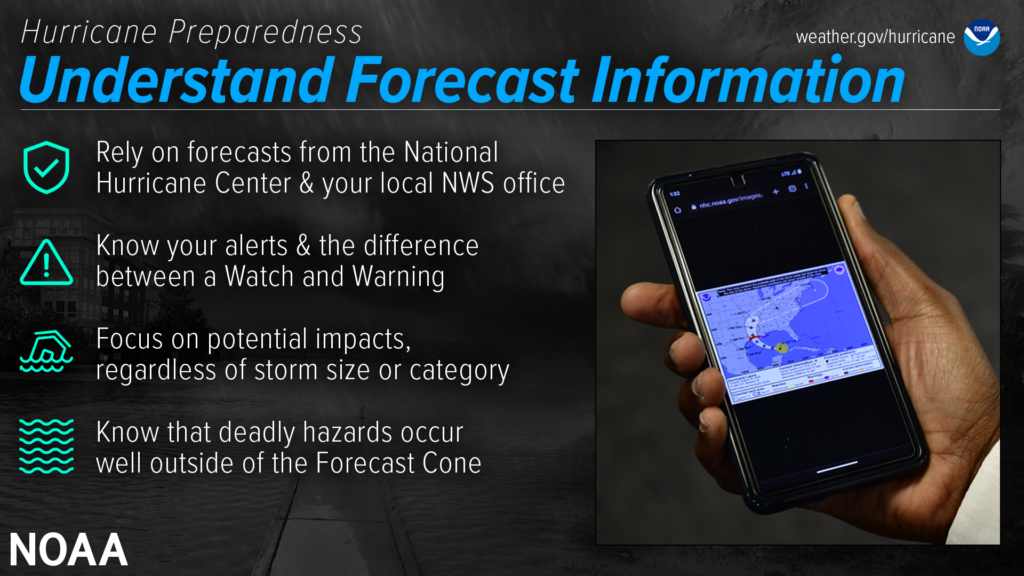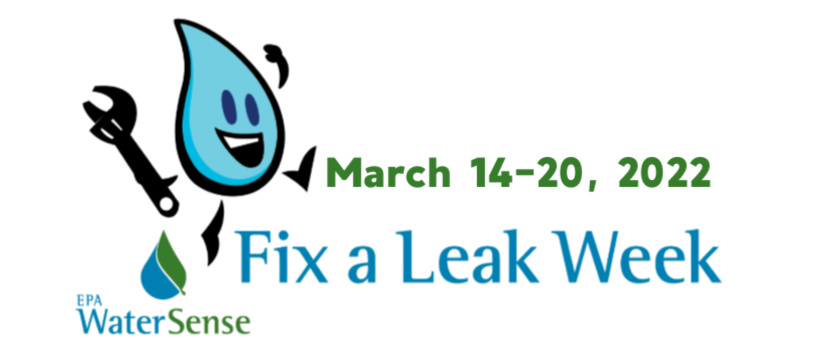Bottled Water distribution
Bottled Water distribution site at Bowie High School available to Southwest Area Austinites for essential uses during a water main repair
A bottled water distribution point will be set up for Southwest area customers on Friday, June 7, from 7 a.m. until 7 p.m., at Bowie High School, 4103 W. Slaughter Lane. Austin Water is making this available to the community to ensure the affected customers have access to free cases of bottled water for essential uses. This will further assist with the Southwest area community’s efforts to conserve and help with water availability should a service disruption occur during the waterline repair.
The repair work, as announced on Monday, involves repairing a leaking 48-inch waterline and temporarily taking it out of service for up to 12 hours, depending on field conditions. The work will begin on June 7 at 7:00 a.m. and continue until complete. Austin Water repair crews and contractors have already begun prepping the site and are committed to restoring the line as quickly as possible.
This does not impact all Austin Water customers. Customers can refer to an interactive map at this link to determine if their address is in the affected area.
While the pipeline is out of service, Austin Water will have limited ability to refill area reservoirs. To assist in maintaining water pressure, all affected area customers are asked to limit water use during the repair. Residents and businesses can help during this repair by limiting consumption to only essential water use. This includes refraining from outdoor watering, power washing, and washing cars; turning off irrigation systems; and postponing washing clothes and dishes.
To report any service issues, customers can contact Austin Water’s 24/7 Customer Service Contact Center at 512-972-1000, Select option 1.
About Austin Water
Austin Water provides safe, reliable, high quality, sustainable and affordable water services that have met the community’s needs for over 100 years. Austin Water services over 1 million people in the Austin metropolitan area across more than 548 square miles.










 Drip, Drip, Drip…Let’s Talk Leaks!
Drip, Drip, Drip…Let’s Talk Leaks!